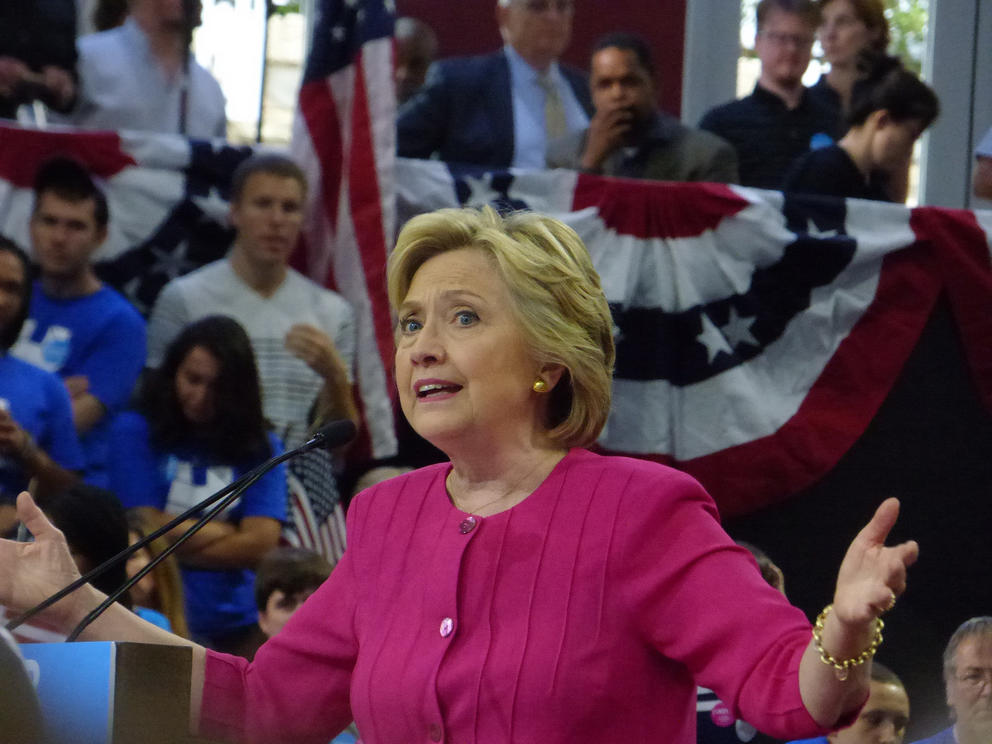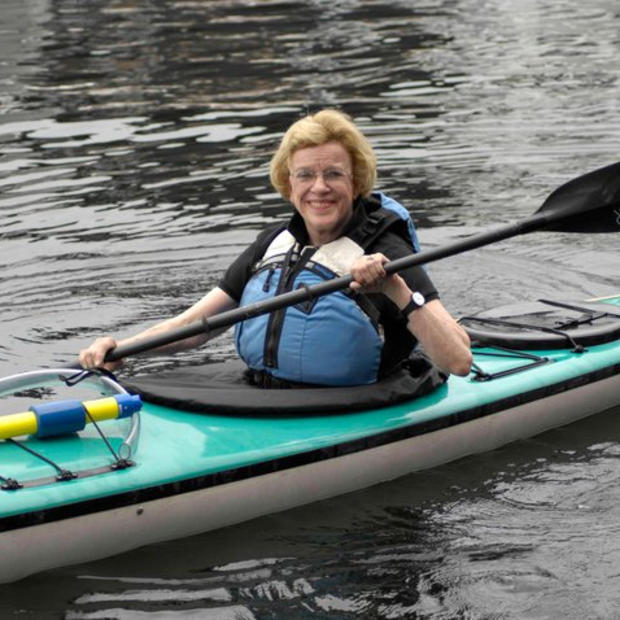Hillary Clinton’s recent health episode proves once again there is a double standard applied to women who run for office. As with appearance and tone of voice, there will be much more attention to a woman’s health than a man’s, even one of comparable age like Donald Trump.
The lesson for a woman candidate: Do not get sick. If you do, reveal details about your condition. Promptly.
As I learned during my three terms as an elected Seattle city councilmember, running for office as a woman is challenging. I heard about the different standards, the subtle and not so subtle sexism, from women office seekers on all sides of the political spectrum.
One of the first stories women candidates told was about appearance standards. Male candidates can wear The Uniform: dark suit and blue or red tie. Women must adopt a sober, businesslike wardrobe, individual without frills. Finding the right balance is tricky.
Examples abound. Take Theresa May, the Conservative who became prime minister of Great Britain following the Brexit vote. The media, rather than examining her political resume, focused on her shoes. Media headlined the news that the PM favors “leopard-print shoes with kitten heels.” It is hard to imagine similar coverage of former Prime Minister David Cameron’s wingtips.
Hillary, too, has been singled out for her appearance. Donald Trump regularly calls upon his cult-like audiences to look at her. With derision, he asks, “Does she look presidential?” It appears there is a double standard, one that is dictated by the mainly white male establishment.
When a woman candidate speaks out, her voice not as deep as the average man's, we often hear that she is “shrill.” If she projects her voice so she can be heard more clearly, she is said to be “shouting.” What would come across as steely determination in a man becomes “bitchy” and even “castrating” in a woman.
The curious exchange between Hillary and TV moderator Matt Lauer is a classic case of a male interviewer interrupting and talking over the woman candidate as if her opinions do not matter. By contrast, when Lauer turned to Trump, the moderator did not question or interrupt even blatantly false statements.
In my own campaign appearances, I often would propose solutions to a city problem, only to have a male candidate echo the exact same approach. Yet it was the male candidate who would be quoted by the media. At times I wanted to cry “plagiarism,” but refrained lest I appear difficult or “bitchy.”
Size is another concern for women who run for office. I had thought of myself as more or less average height (5’3”) until I found myself standing at a podium during debates. I realized that audiences were seeing only the top of my head and the microphone was positioned for a basketball star.
To be successful, as Clinton understands, women candidates must project a tough image, avoiding any appearance of fragility or weakness. This was especially challenging for me because, try as I might, I had the misfortune to contract some malady or other during each of my campaigns.
During my first campaign, I caught a rotten cold that hit 10 days into the campaign. Colds contracted after many handshakes are one of the biggest hazards of campaigning. No amount of handwashing or sanitizing seems to prevent them.
Up at night with a hacking cough, I stubbed my big toe, breaking it. The toe immediately swelled, doubling in size and making it impossible to fit into any of my dress shoes. I was left to manage through half the campaign wearing open-toed sandals. Fortunately, the camera seldom focused on my feet and I learned not to wince when my toe throbbed or when a voter accidentally bumped my foot.
Some years ago, an awesome example of overcoming weakness was set by Christine Gregoire. During her first hard-fought campaign, she had to deal with breast cancer. She managed her treatment with scarcely any time off for recovery.
Former Gov. Gregoire talked about women in politics with KCTS 9 political analyst Joni Balter last week
Difficult as it is to run as a woman, it can be even harder to run as someone past middle age. A lot of ageism, like sexism and racism, is subtle and sneaky, making it harder to combat. Male candidates – I always had four or five -- would offer a hand and try to help me through doorways and upstairs. Short of slapping a helping hand, the only way I found to counter such ageism was to make a joke. When I sat with two male candidates on one side and three on the other, I was able to say, “I have jeans older than most of these guys.”
But complaints and quibbles aside, I comfort myself that we are beginning to do a few things right. More women are actively competing for higher office, taking leading roles and, in this state, winning six of nine Supreme Court positions; five of nine Seattle Council seats.
While women office holders remain far from the 50 percent that we are in the U.S. population, women have come a long way. We have had to fight hard for each of our gains; but, at long last, we are shattering glass ceilings. We live in some amazing times and, with a prospective woman president, we are reaching a watershed. We can at last assure young women of something young men have long known: There are no limits to their dreams.


